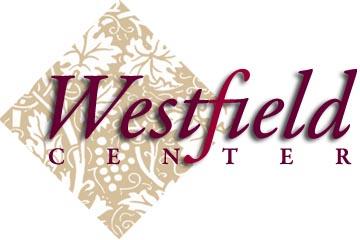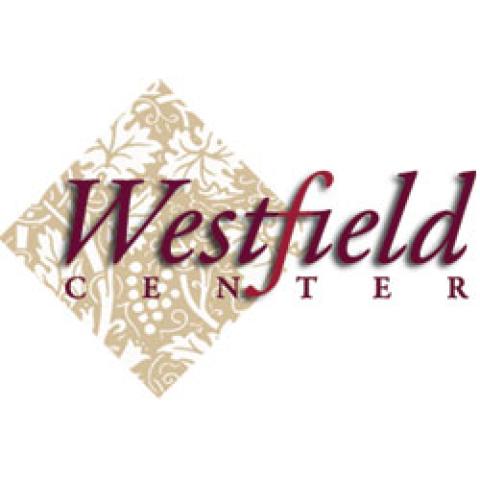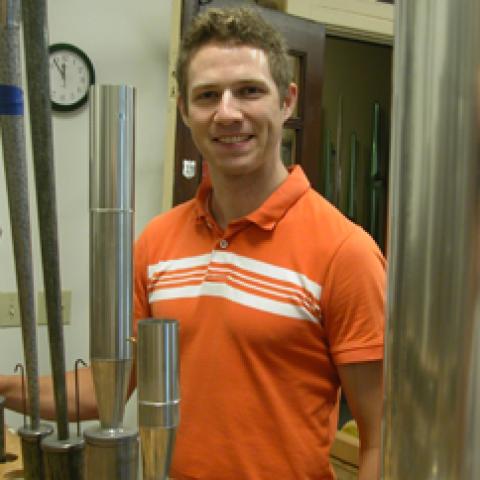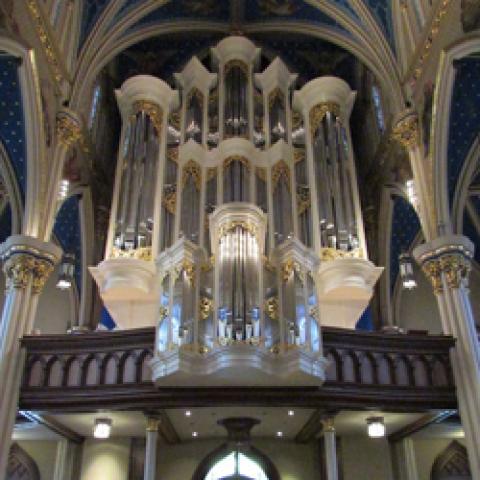The Westfield Center presented its annual conference April 4–6, in Tacoma, Washington, in collaboration with Pacific Lutheran University. Arriving in the Puget Sound area a day before the conference to explore a bit and visit friends, I was treated to the sight of Mt. Rainier aglow in the evening over the streets of downtown Tacoma.
Thursday evening concert
On Thursday evening, the opening concert took place in Pacific Lutheran University’s Lagerquist Concert Hall, anchored by the Gottfried and Mary Fuchs Organ, built by Paul Fritts in 1998 in the tradition of Northern European instruments of the 18th century. Later in the conference, Paul Tegels would demonstrate this instrument, but on this evening the focus remained on the hall itself, a high-ceilinged, shoebox-style space with a transparent, warm acoustic—ideal for the performance of early music. Violinist Ingrid Mathews and harpsichordist Byron Schenkman presented 17th-century sonatas by Dario Castello, Isabella Leonarda, and Heinrich Schmelzer, as well as a solo performance by Schenkman of Georg Muffat’s Passacaglia. This 24-section piece, whose opening period recurs en rondeau at four pivotal moments, came to life in Schenkman’s hands. Mathews delivered an authoritative performance, presenting all three sonatas from memory with a spontaneity that bore the stamp of naturalness and identification with the improvisatory prowess of the Seicento.
The second half of the concert featured Carissimi’s Historia di Jephte, presented by the PLU Choir of the West with a chamber orchestra conducted by Richard Nance. The student ensemble achieved a wholly professional standard under its conductor. The soloists displayed a remarkable acumen for tragic characterization. In keeping with the theme of the conference, the performance was secured and animated by inventive playing from the continuo group, consisting of Nathan Whittaker, cello, Mercedes Paynter, bass, James Brown, baroque guitar, Kathryn Habedank, harpsichord, and Paul Tegels, positiv organ. If the impact of Haydn’s Little Organ Mass that closed the evening was somewhat diluted after the intense expressivity of Carissimi, it was nonetheless charming to traverse the text of the Mass in under twenty minutes. Tegels capitalized upon the opportunity to shine in the organ obbligato of the Benedictus.
Friday
The morning began with “The Nuts and Bolts of Basso Continuo,” by Edward Parmentier. Parmentier’s lecture covered such core precepts as bringing the bass to life with the left hand, treating the bass as an independent melody, recognizing the bass as the king melody in the piece, and, rather exhilaratingly, unlistening to the ensemble so as to create the maximum dialogue between the bass and other parts. Could there be any doubt on which part the attention should be focused? In a generous annotated handout, Parmentier presented the score of a Veni Domine by Viadana and a Largo from a Handel flute sonata, showing multiple stages of preparation, each illustrating one step in his systematic approach to realizing a basso continuo part. Among the recommended steps: identifying motivic associations with the verbal text if one exists; creating phrasings, articulations, and emphases for the bass part; identifying harmonic roots and harmonic rhythm; adding numeric figures; and identifying and classifying cadences. Parmentier’s confidence in the process and the clarity of his explication left many eager to try their hands at his method, and in possession of clear instructions for doing so.
Throughout the conference, lectures alternated with sessions of applied music, and thus a Parmentier masterclass ensued after a short break. Four harpsichord students, assisted by various soloists, presented a gavotte from a
LeRoux trio sonata, a movement from a Telemann violin sonata, a Handel aria, and a movement from a Handel violin sonata. With each, Parmentier zeroed in on one primary objective, underlining the chosen concept with energy and a wealth of colorful imagery. As soon as each student demonstrated a grasp of the essential point, he or she was congratulated and the class progressed to the next work. This brisk approach to teaching ensured that each student took away something practical and memorable. Questions from the audience were welcomed and addressed in a spirit of shared inquiry.
After lunch, Gregory Crowell took the helm for an illuminating talk on “Continuo for Organ.” Armed with slides and recorded excerpts, Crowell addressed numerous concerns specific to organ continuo playing, arguing for a bolder, more substantial sonority than is often heard. Adducing evidence drawn from the disposition of various German organs and illustrated by recordings of both problematic and successful organ continuo sonorities, Crowell offered practical advice relating to chordal voicing, the use of embellishment, matching releases to the ensemble sound, and the substitution of sonority for cleverness. No fewer than three modern flutists with their keyboard partners had been assigned to his masterclass, and he gently encouraged each toward realizations that addressed inflection, phrasing, and the awareness of harmonic and rhythmic structure, pointing out that a realization should be neither interesting all the time nor boring all the time. Crowell’s reward came in the form of a refined and assured reading of a Biber violin sonata by two experienced professionals, allowing him to offer suggestions at a more sophisticated level. A paper on “Seventeenth- and Eighteenth-Century Italian Continuo Improvisation and its Application to Buxtehude’s Trio Sonatas Op. 1 and 2” was read by Jeong-Suk Bae to round out the afternoon’s activity.
The evening featured a brilliant chamber concert anchored by the indefatigable Parmentier. Joined in turn by four soloists on each half of the generous program, the harpsichordist became the avatar of the conference’s subtitle: “the art of creative collaboration.” Flutist Jennifer Rhyne, violinist Svend Rønning, cellist Nathan Whittaker, and tenor James Brown assisted him in presenting a wide spectrum of Baroque styles, from Viadana, Caccini, Frescobaldi, and Purcell (Brown), through François Couperin and Hotteterre (Rhyne), and Veracini and Handel (Rønning), to Vivaldi and again Frescobaldi (Whittaker). As a finale, all joined forces in the aria, “So schnell ein rauschend Wasser schiesst,” from J. S. Bach’s Cantata 26.
Responsive to each composer’s individuality and supportive of each soloist’s musicianship, Parmentier animated movement after movement with energy and imagination, proving the efficacy of the practice outlined in his morning lecture. His independent, strong, clear bass lines—he might call them “argumentative”—generated and justified freely shaped right-hand parts of great textural, rhythmic, and decorative variety. It was a tour de force by a master who did not disdain to shuttle chairs and stands about the stage between pieces.
Saturday
Day three opened with a presentation by Charlotte Mattax Moersch on “The Style of Basso Continuo Accompaniment in France according to Denis Delair.” From Delair’s 1690 treatise, described as “sympathetic to the performer and the beginner,” and thus a good resource for pedagogy, Mattax Moersch extracted much guidance for realization in the French style. A useful distinction was drawn between science and art, corresponding to rules and style. Rules are fairly universal, reflecting the laws of tonal composition, but styles differ according to time and place. The elements of style that Delair discusses relate to such refinements as ornaments, arpeggiation, alteration of the bass, and added dissonance, leading to a chord treatment not unlike the unmeasured prelude tradition. Mattax Moersch’s playing of examples drawn from the treatise eloquently illustrated Delair’s taste in considerable detail, demonstrating the abundance of practical guidance that may be drawn from this source.
Although none of the works presented in the masterclass that followed was French, Mattax Moersch’s comprehensive grasp of the repertoire generated sage guidance toward the realization of Caccini’s “Amarilli mia bella,” of an Allegro assai from a Telemann flute sonata, of Purcell’s “The Blessed Virgin’s Expostulation,” and of the Andante from J. S. Bach’s Flute Sonata in E Minor. Her suggestions immediately proved effective, as in the Purcell, where a highly expressive realization was developed by employing an unobtrusive 1 x 8′ registration, varying the direction and degree of arpeggiation, releasing long basses during recitative, and closely following the singer’s punctuation. When the need for improvised melody arose in the introduction of the Bach sonata movement, a wealth of options involving scale figures, arpeggiation, ornaments, and leaps was proferred. It was clear that the art of creative collaboration would continue to thrive in the hands of many a talented young artist.
After lunch, lutenist and leader of Pacific MusicWorks Stephen Stubbs discussed “The Conceptual Shift between 17th and 18th Century Keyboard Continuo.” Tracing the historical context for the development of continuo, Stubbs claimed the chittarone as “the humanistic instrument” during the “humanistic revolution” of the late 16th and early 17th centuries. Though the instruments are physically unrelated, the chittarone’s name evokes the image of the ancient Greek kithara and reflects its role in support of the fusion of poetry and music during the rise of opera. Its ascendence fostered chordal consciousness, “breaking the stranglehold of polyphony,” and its technique gradually evolved from artistic strumming to include the plucking of individual notes. Of particular interest was the distinction drawn between the 17th-century conception of harmony in confrontation with the melodic parts and the 18th-century conception of harmony as accommodating to them. The succinct 1607 continuo tutor of Agazzari was recommended to those seeking guidance contemporary to this period.
At midafternoon, a splendid harpsichord recital by Ignacio Prego revealed the harpsichord in a different light from that of continuo instrument (though I dare say many were by now extra attentive to the bass lines!). Much was expected of Prego, winner of the 2012 Westfield International Harpsichord Competition, and he did not disappoint, traversing works by Cabezón, Cabanilles, Frescobaldi, Froberger, and J. S. Bach with intelligence, command, and warmth. Bravo Prego, and bravo Westfield for supporting the future of early keyboard performance in an eminently tangible way.
A gathering for final questions brought together all four presenters with the attendees to clarify, reinforce, and further contemplate many points developed during the conference, and conviviality reigned as all decamped to a local restaurant for dinner. Local hosts Paul Tegels and Kathryn Habedank cannot be praised enough for their unflagging attention to the visiting conferees.
Those who have heard Stephen Stubbs may predict that one of the highlights of the conference still lay in store, and indeed, his unobtrusive yet spirited leadership from the continuo section molded a magnificent all-Handel concert by Pacific MusicWorks, a professional ensemble blending virtuosity, beauty of tone, perfect ensemble, and refined historical awareness. Anchoring the program were two early vocal works, Apollo e Dafne (1709) and a Gloria (1707). Though oddly described in the program as “A Sacred Oratorio,” Apollo e Dafne is in fact a secular cantata that deploys the mythical figures as archetypes in a grand battle of the sexes. Singers Amanda Forsythe and Douglas Williams both possess beautifully resonant instruments and both delivered Handel’s vividly styled lines with accuracy, agility, and dignity. Even more electrifying, if it were possible, was Forsythe’s coloratura in the Gloria that brought the concert to a brilliant close. This was a level of historical performance that will long reverberate in the memory.
To my regret, I was unable to attend the organ recital played by Greg Crowell on Sunday afternoon.
Through this conference, “Continuo: The Art of Creative Collaboration,” the Westfield Center has once again invigorated America’s historical keyboard culture in a way that is certain to pay dividends through the better-informed and more creative playing and listening of all who participated. May the future continue to smile upon this mission.





